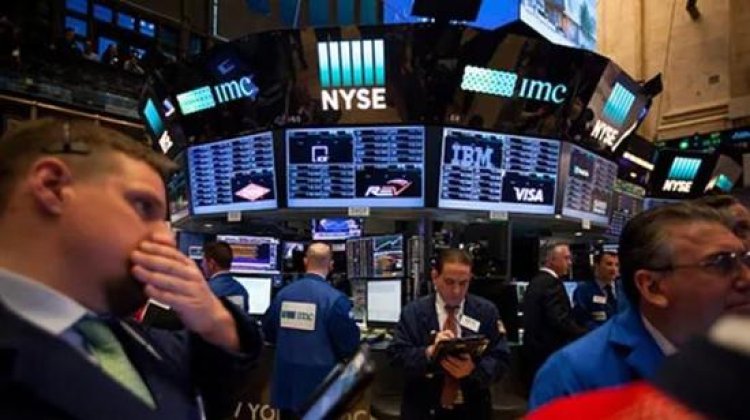Why did 3 of the largest US banks go bankrupt?
The announcement of the Silicon Valley bankruptcy is the largest US bankruptcy since the 2008 financial crisis, and the second largest bankruptcy ever.

The banking sector in the United States of America experienced a major shock in the past few days.
The announcement of the Silicon Valley bankruptcy is the largest US bankruptcy since the 2008 financial crisis, and the second largest bankruptcy ever.

Startup companies
The bulk of Silicon Valley's transactions are with startups, whether in the technology sector or venture capital firms.
The regulator closed the bank and transferred management of its deposits to the Federal Deposit Insurance Corporation.
The Silicon Valley bank faltered, after the crisis of Silvergent Capital, one of the providers of banking services to the cryptocurrency industry, and then the crisis of Signature Bank.

High interest rates
The economist, Abdel Moneim El-Sayed, believes that the American Silicon Valley Bank will not be the last to declare bankruptcy, due to the high interest rates.
He explained that Silicon Valley is one of the largest American banks, with branches in the European Union, Israel and China, and more than 50% of emerging companies in America are its clients.
He also owns $342 billion in customer deposits, and has under his management assets denominated at $212 billion.
Signature Bank, one of the major banks in the cryptocurrency industry, is the largest alongside Silvergent Capital, which announced the liquidation last week and had a market capitalization of $4.4 billion as of Friday after selling 40% this year, according to "FactSet".

More fluctuations
Experts expect that this crisis will contribute to more volatility, as investors watch cautiously for the emergence of more bankruptcies, with the continued tightening of the Federal Reserve's policy.
After the Silicon Valley crisis, the US Federal Reserve and the Treasury Department created an emergency deposit support program at both Signature Bank and Silicon Valley Bank using the Fed's emergency lending authority.


 Shrouq
Shrouq 












